NASA’s next mission back to Jupiter’s moon Europa just took another big step towards reality. The next phase of Europa Clipper has been confirmed, giving the go-ahead for the mission to proceed to final design, construction and testing.
“We are all excited about the decision that moves the Europa Clipper mission one key step closer to unlocking the mysteries of this ocean world,” said Thomas Zurbuchen, associate administrator for the Science Mission Directorate at NASA Headquarters in Washington. “We are building upon the scientific insights received from the flagship Galileo and Cassini spacecraft and working to advance our understanding of our cosmic origin, and even life elsewhere.”
Europa Clipper will be the first spacecraft to study Europa up close since Galileo in the early 2000s, and will focus on determining the habitability of the moon’s global subsurface ocean. That ocean is thought to be quite similar to oceans on Earth, although it is completely covered by an outer ice crust. But thanks to previous studies, scientists know that it is salty with a rocky ocean bottom likely rich in chemical nutrients that life could use for food and energy. There may even be hydrothermal activity similar to the vents on the ocean bottoms of Earth. Such hot spots can be an oasis for a wide variety of life forms, even at great depths with no light.
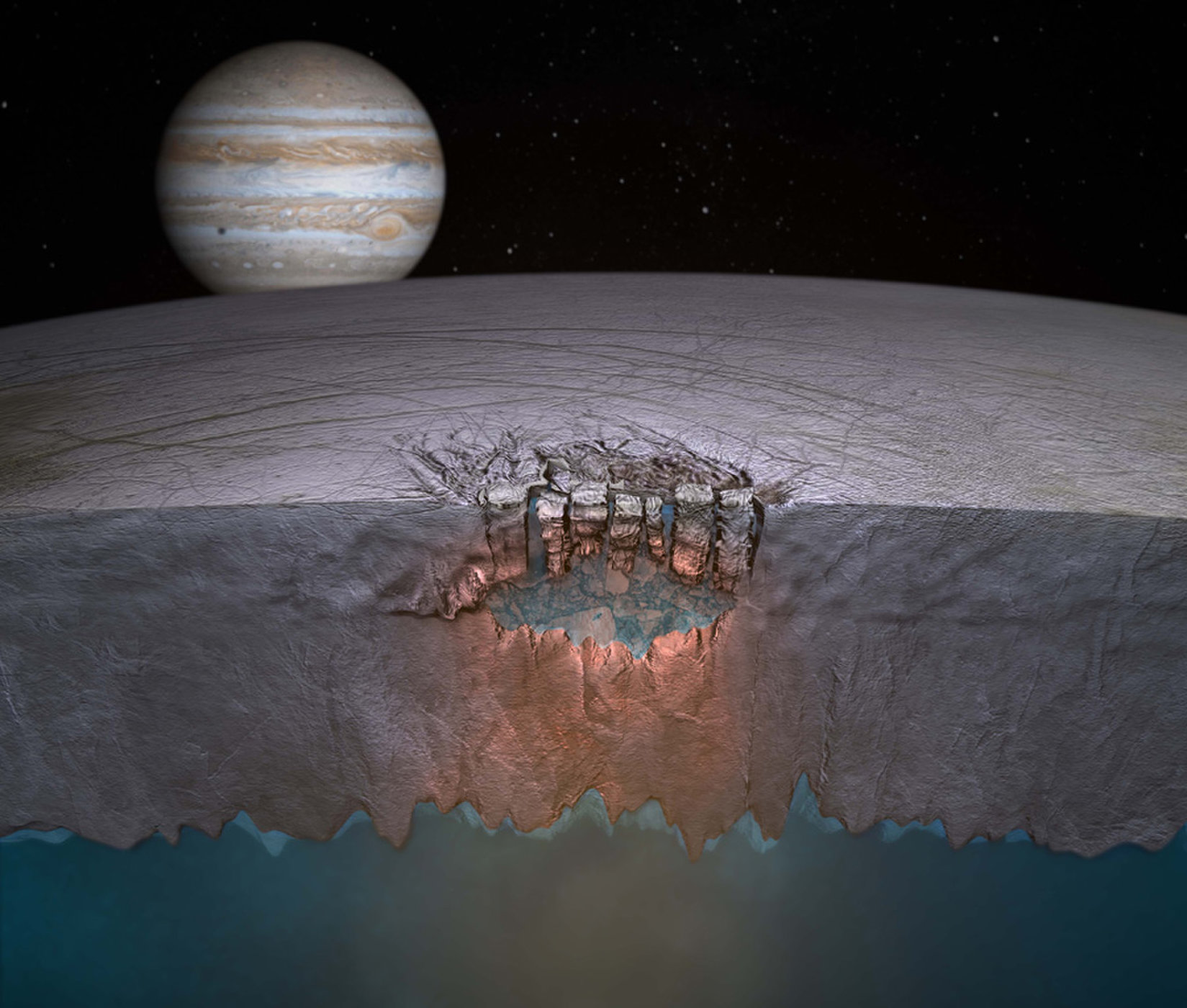
That ocean makes Europa one of the best places in the Solar System to search for evidence of extraterrestrial life, along with Saturn’s moon Enceladus, which although smaller, also has a global subsurface ocean under its icy surface.
Enceladus has huge water vapor plumes that erupt from cracks in the surface near the south pole. The Cassini spacecraft sampled those plumes directly and found they contain water, salts and both simple and complex organic molecules. The plumes originate from the ocean below, so this analysis provides clues as to the conditions in the ocean and how habitable it is. Enceladus’ ocean also appears to be very similar to Earth’s oceans, and there is even more evidence for active hydrothermal vents on the ocean floor.
Europa may also have similar plumes, but they have been more difficult to confirm since they seem to be smaller and more intermittent. New evidence for them from the Hubble Space Telescope was announced last year, however.
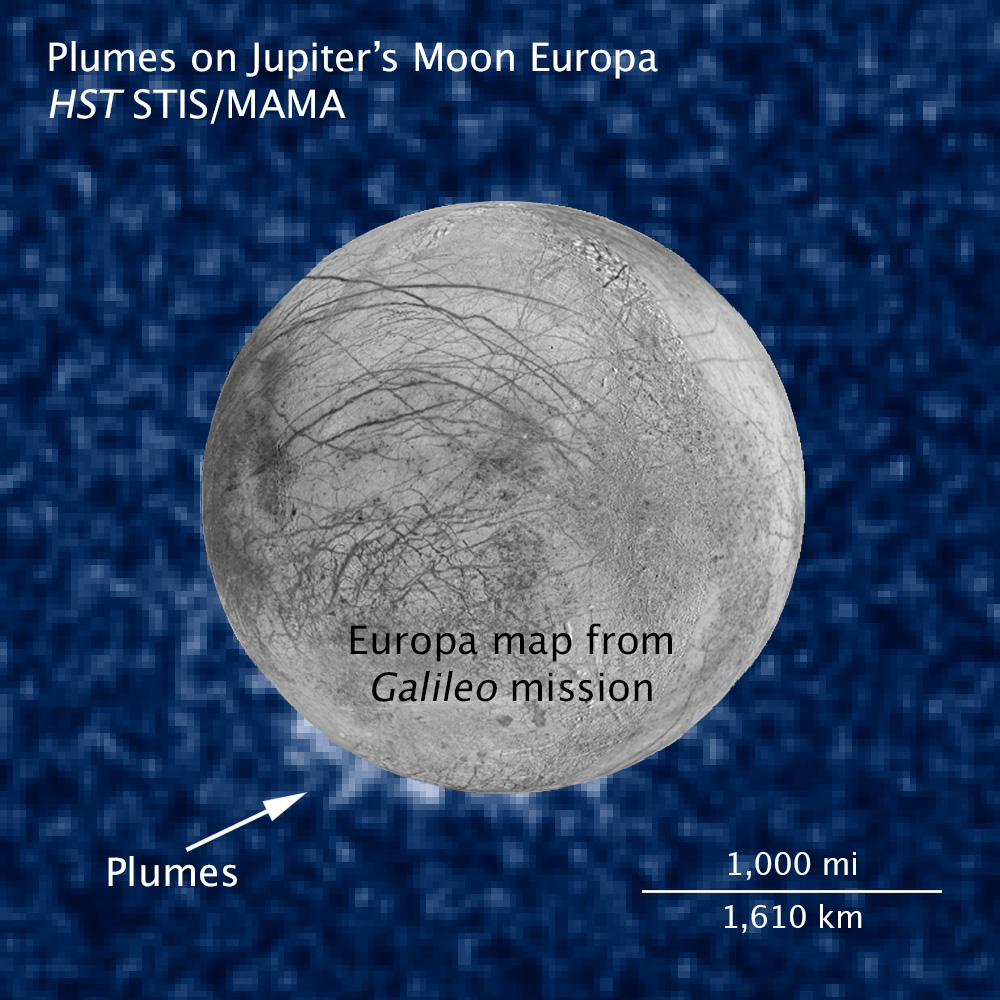

“The data were there, but we needed sophisticated modeling to make sense of the observation,” said Xianzhe Jia, a space physicist at the University of Michigan in Ann Arbor and lead author of the paper.
“There now seem to be too many lines of evidence to dismiss plumes at Europa,” said Robert Pappalardo, Europa Clipper project scientist at NASA’s Jet Propulsion Laboratory in Pasadena, California. “This result makes the plumes seem to be much more real and, for me, is a tipping point. These are no longer uncertain blips on a faraway image.”
It is estimated that the one plume in particular was about 621 miles (1,000 kilometers) across. The Europan plumes are more diffuse than those at Enceladus however, so they are harder to detect even at that size.
If the plumes are confirmed, then Europa Clipper may be able to fly through them and analyze them, just as Cassini did at Enceladus. That could provide valuable data as to conditions in the ocean.
Europa Clipper, to launch in the early 2020s, will make multiple close flybys of Europa, studying the moon in more detail than ever before. Its instruments will examine both the surface and the subsurface ocean, to determine just how habitable the ocean actually is.
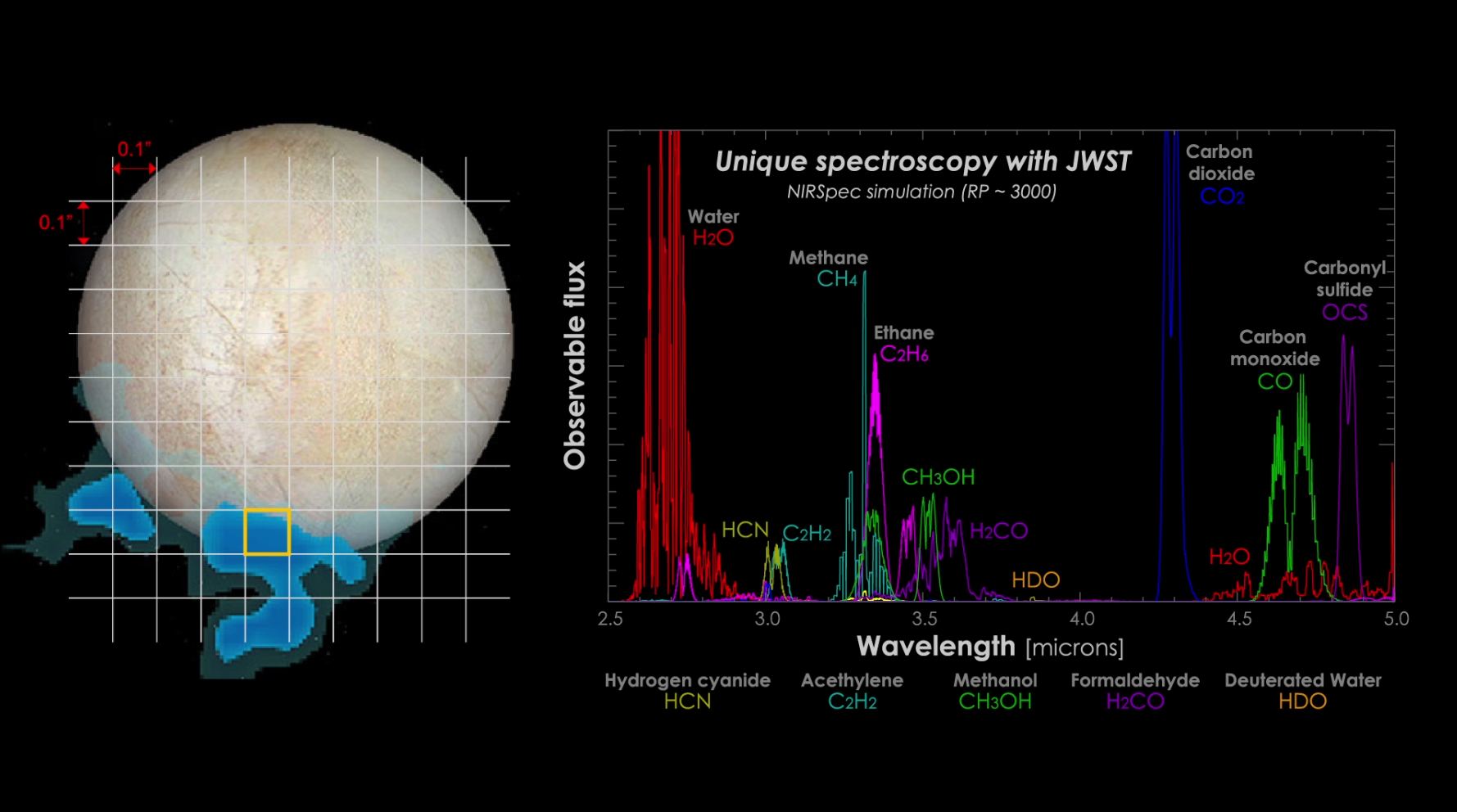
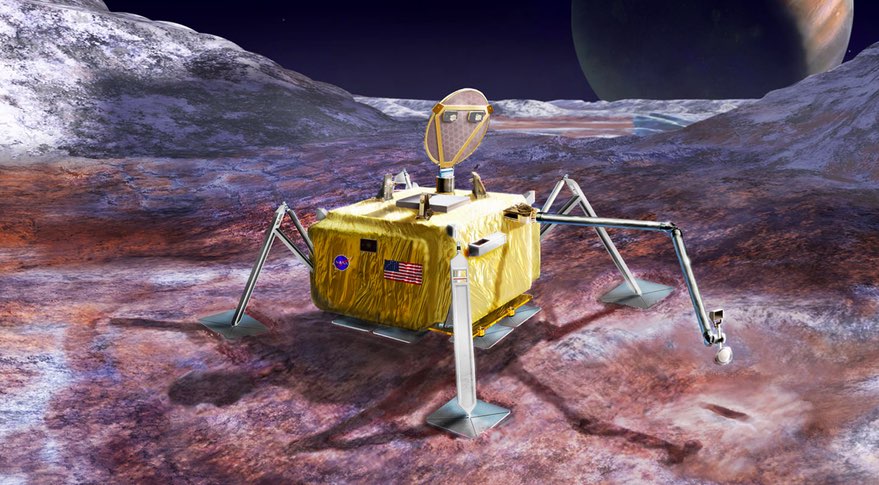
NASA wants to have the Europa Clipper spacecraft complete and ready for launch by 2023, although the agency baseline commitment supports a launch readiness date by 2025.
There are also additional concepts and plans for a Europa lander, which could have been part of the Europa Clipper mission, but now that will most likely be a follow-up mission at some later date. NASA wants to find ways to lessen the costs of such an ambitious undertaking.
The upcoming James Webb Space Telescope will also be used to study Europa and Enceladus, including making detailed observations of the plumes. For both moons, a focus will be to search for organic signatures such as methane, methanol, and ethane in the plumes. Evidence of life itself, like microbes, would be more difficult since some life-like processes could also have a geological explanation.
The return to Europa is part of NASA’s Ocean Worlds program, which includes mission concepts back to Enceladus and Titan (which also has a subsurface ocean).
Europa is an exciting destination for further exploration. Europa Clipper and possible follow-up missions will be able to help answer the question of whether life could exist in its alien, yet eerily familiar, ocean abyss.
.
.
FOLLOW AmericaSpace on Facebook and Twitter!
.
.
Missions » Europa Mission »



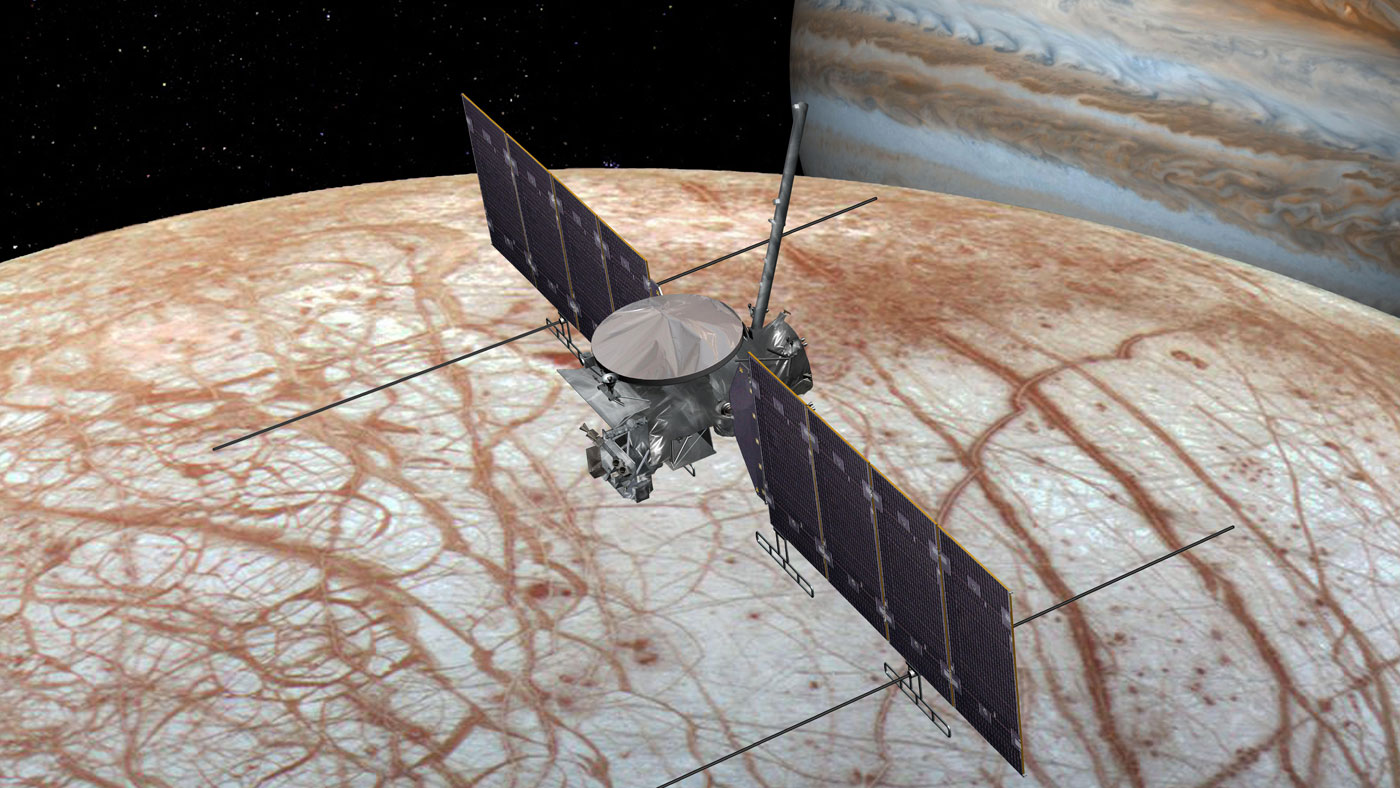
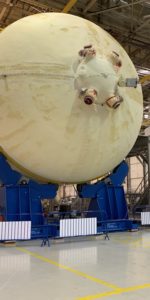
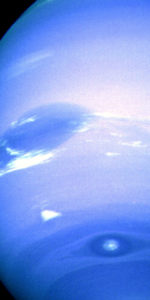
ALL THESE WORLDS………….
I maintain that the discovery of microbial life will occur in our own “backyard”-the moons of Jupiter and Saturn, at least.
I find it fascinating, all the connections we are not making about our solar system’s history.
Dr W Brown HYDROPLATE theory, hidden in Creationism, seems to have been ‘created’ by the discoveries of jetting water plumes and cratered surfaces on Enceladus and Europa. Conjecture as to the 50 miles thick large-grained granite lithosphere might suppose a solar flare with the energy transmuting into solid material. This may create the additional pressure to force the crust to rive open in a global crack.
Opponents suggest the riving of the global Earth occurred in one event from depressurized super critical water. The energy produced would have destroyed Earth in all forms but one, light. Astonishingly, astronomers have identified sudden star appearances and brightening, then falling back into obscurity.
Would life survive on the surface of a planet undergoing such a gargantuan explosion of energy on the surface?